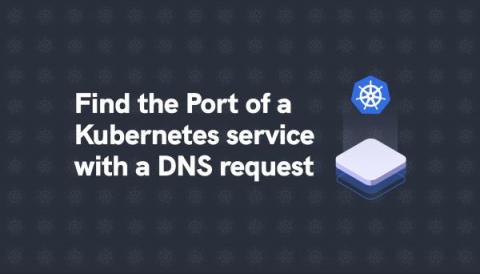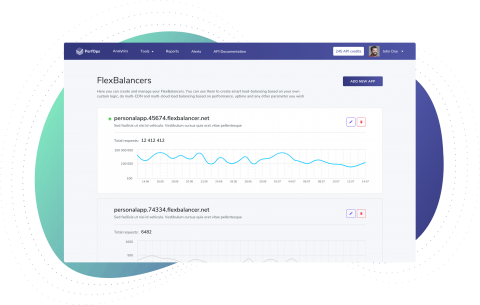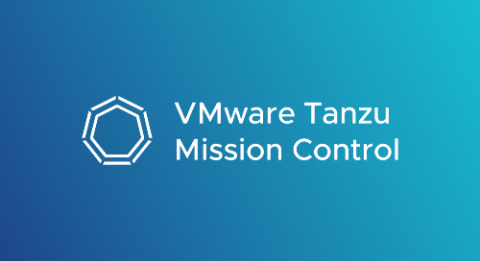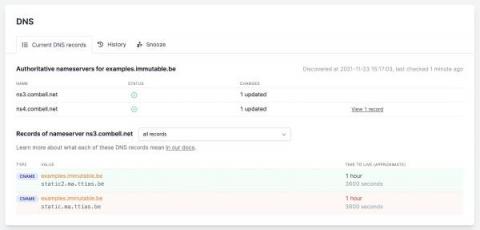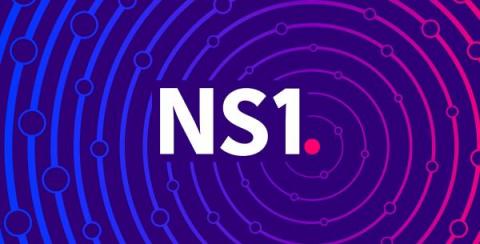Operations | Monitoring | ITSM | DevOps | Cloud
DNS
The Power of Shipa CNAMEs
As a software engineer, I admit I am not the best at networking. Can’t connect to your app for some reason, one going joke is to “always blame DNS” e.g the Domain Name System. My personal DNS experience is usually editing a few records for my personal blog and connecting a few tools and that is it. Thanks to distributed systems, had to learn all about SRV records and some more DNS concepts.
Securing DNS: interrupting attacks as early as possible
While MSPs have been making significant investments in security and offering services, it is a challenge to keep up with the frequency and evolving sophistication of today’s cybersecurity threats. Defense in Depth (DiD) is the foundation on which most MSPs have built a layered security approach for dealing with them.
Kubernetes Tips: How to find the Port of a Service with a DNS request
How to Troubleshoot Your Network Using Traceroute
Anyone who has investigated the cause behind a network issue knows how daunting it can be to pinpoint the problem. With so many different variables, the answer can be elusive. In our last blog, we explained how you could test your DNS speeds in PerfOps. Today, we’ll be showing you how to use our Traceroute tool to troubleshoot network issues and improve DNS speeds.
DNS Management Service
We’ve all been there. After countless hours of development, you’re ready to take that app that works awesome on “localhost” live to production, but production services will only interface over https. Or maybe, your DNS is managed on Cycle, but some third-party app you want under the same domain requires a TLS certificate.
Automatically Manage DNS for Kubernetes with ExternalDNS and Tanzu Mission Control Catalog
If you have ever deployed Kubernetes services, you understand the pain of having to maintain DNS records for an ever-growing number of internal and external services. ExternalDNS helps address this pain and reduces the amount of toil required for manual record keeping by programmatically updating DNS servers. Before we get into the details of how that works, let’s quickly review what functionality the ExternalDNS package provides.
You can now monitor your DNS records using Oh Dear
We can now notify you of changing DNS records and let you know when we've detected a problem with your domain nameservers. Woohoo! 🥳
Africa: DNS Provider Performance Checkup
In our last blog, we spotlighted the Oceania region and showed you how you can use DNSPerf and PerfOps to compare providers. Today, we’ll be focusing on Africa, the top providers there, and how you can use this data to make better DNS business decisions for your domain. This will give you greater insight into your current or potential provider’s performance. You should have the fastest, highest-quality DNS for regions you cater to most.
Monitor NS1 with Datadog
NS1 is an intelligent DNS and traffic management platform that helps optimize the performance of your network infrastructure and speed application delivery to your end users. Since even a small increase in service latency can lead to churn and revenue loss, it’s critical to remove any inefficiencies embedded in basic network functions. NS1 helps ensure high performance for name resolution and routing through support for the edns0-client-subnet (ECS) DNS extension and for Filter Chain technology.





